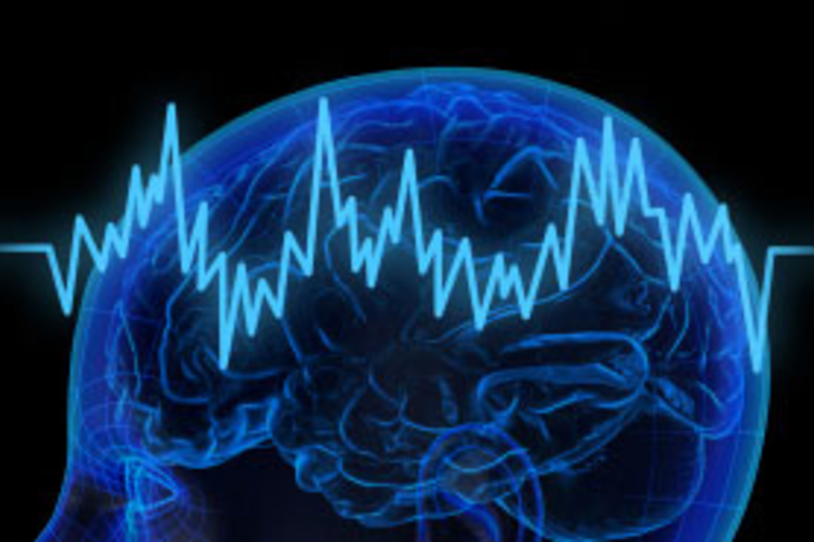
Researchers at Stanford Medicine led by Peter Tass, MD, PhD, are developing a glove aimed at alleviating motor symptoms caused by Parkinson’s disease (PD). The device is still in the stage of clinical trial testing, but results from initial pilot studies in roughly a half-dozen participants suggest that it may ease tremors, slowness and stiffness. Understandably, this technology generated a lot of excitement, so what do people in the PD community need to know about the glove and technology as treatment? We’ve answered a few common questions.
How does the glove work?
In early trials, participants wore a glove on each hand for several hours per day. The gloves deliver light vibration through the fingertips. Study researchers suggest that this stimulation can ‘reset’ abnormal electrical activity in the brain, which happens in Parkinson’s disease (PD).
The gloves are being tested to see if they ease the symptoms of PD. They are not expected or intended to change the course of disease progression.
Where can I get a glove?
As the gloves are still in clinical trial testing, they are not widely available. Further trials are in the works. Experts hope that future work includes a rigorously controlled trial: one in which active treatment is compared to a “sham control” (a glove that looks and feels like the one in development but does not vibrate at specifications intended to ease symptoms) and in which both participants and researchers are “blinded” (unaware of whether a volunteer is getting the active glove treatment or a lookalike). This helps researchers fully evaluate the potential benefits of the glove as well as a placebo effect, which can be significant in Parkinson’s studies like this. You can use Fox Trial Finder, MJFF’s online clinical trial matching tool, to explore this and other Parkinson’s studies. You can also find study details on clinicaltrials.gov.
Researchers have suggested that if trials are successful, they plan to seek U.S. Food and Drug Administration (FDA) clearance for the glove. Until trials are completed, it is difficult to lay out a timeline for that process.
Does MJFF fund tech treatments like this one?
While MJFF is not directly involved in the ongoing clinical trial for the glove, MJFF has funded Tass and their earlier work on this stimulation concept.
MJFF has also supported other projects testing vibration as a tool to treat symptoms. One project studied the potential of vibrating socks to reduce freezing of gait; another tested a lightweight, portable device that you place inside a shoe with a similar goal. We have funded development of a wireless device to help with swallowing difficulties, which can, but don’t always, happen in people with PD. The device is placed on the upper chest, and it gently vibrates to remind people to swallow more and with greater force, which strengthens the swallowing muscles, improves swallowing function long term and reduces the risk of choking.
MJFF is also actively funding other projects to determine if and how technologies may help ease or measure Parkinson’s symptoms. For example, we’ve also supported work on a wall-mounted device, which bounces radio waves off a person to detect movement, allowing for at-home measurement of gait changes.
Beyond the glove
The glove illustrates how technology might accelerate our journey to improve the lives of people with Parkinson’s. While this study is not currently recruiting, many trials for PD are, and participating in research is one of the best ways you can contribute to the PD community. MJFF continues in our urgent mission to improve the lives of people with Parkinson’s disease, and we are always seeking out the next technological advances that could make a difference, including vibration-based therapies.